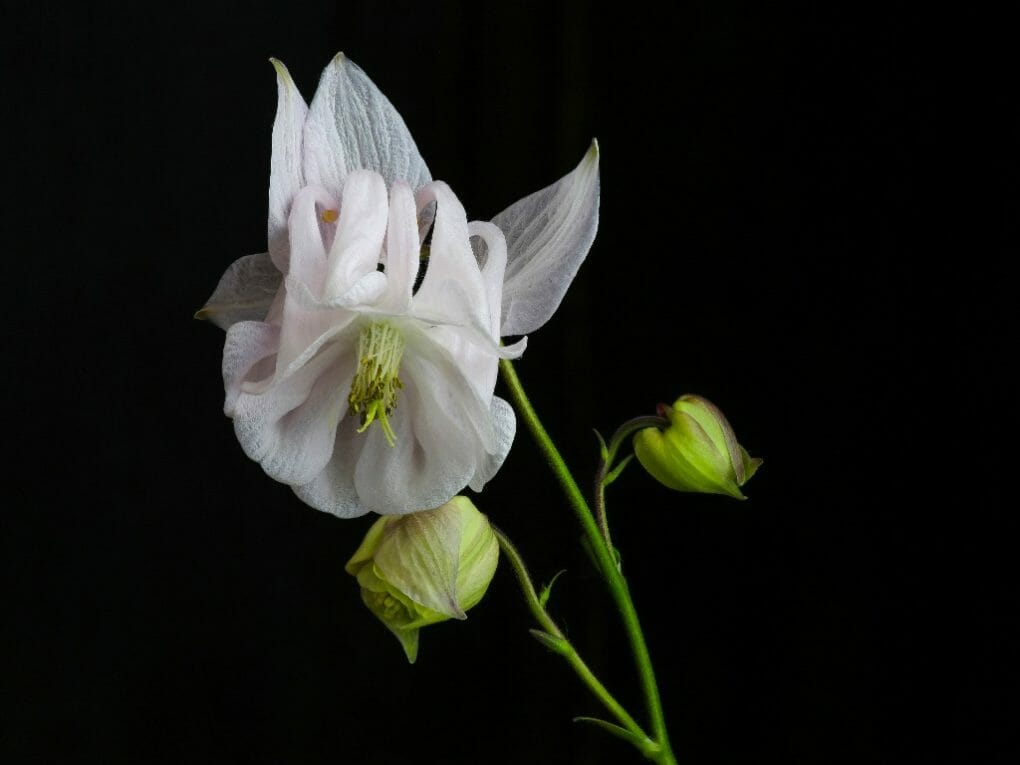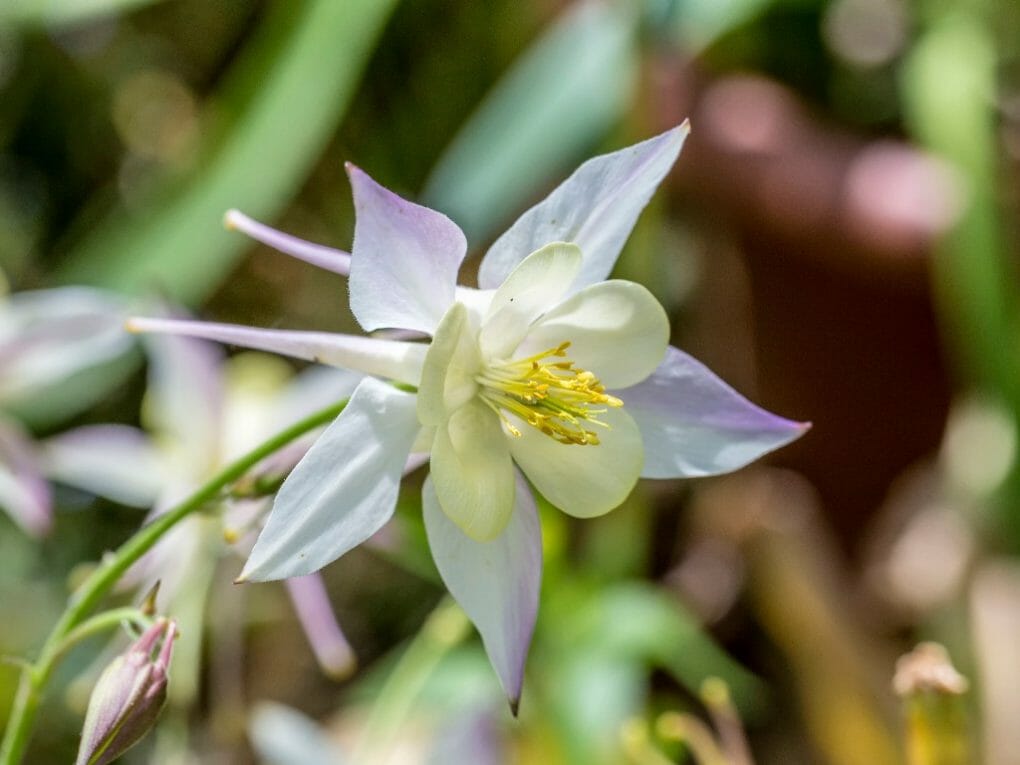Why Are My Peony Turning White? | How to Treat a Peony Affected by Powdery Mildew

When it comes to planting, powdery mildew is one of the most frequent fungi that make the leaves white. Powdery white or gray spores of this fungus are commonly seen on the plagued plant’s leaves and stems. There’s a large range of deciduous plants that are susceptible to this disease. Although lilacs, beebalm, and garden phlox have always been vulnerable to powdery mildew, gardeners have recently seen an uptick in the disease’s prevalence in peonies.
Due to natural growing conditions, peony leaves generally seem a little raggedy at this time of year. Unfortunately, if powdery mildew has infected the plants, their unsightliness will be exacerbated. Fortunately, powdery mildew on peonies is more of an aesthetic issue than a health risk. However, extreme infestations of this chalky fungus can suppress a plant’s defense mechanisms. If this is the case, the leaves should be trimmed before they dry and fall to the ground. Spores (microscopic, seed-like particles) carried on dried. Damaged leaves could cause a new fungus epidemic the following year. When contaminated plants reach their natural demise, they pose a greater risk to the environment than if they had been removed. Leave peony leaves alone if they’re still vibrant green. The cold will be the only thing that will kill them.
A peony affected by powdery mildew may turn white as the plant’s leaves wilt and die. This fungal disease is caused by a member of the mold family, which can thrive in humid conditions and attack indoor and outdoor plants. Prevention is key to combating this problem, so keep your garden clean and free of desirable pests. If you notice white patches on your peonies’ leaves, be sure to water them regularly; fungicide application may help control the growth of Powdery Mildew fungi.
Up to par, sanitation and care procedures can prevent powdery mildew or mitigate its effects. In areas where powdery mildew does develop, prompt diagnosis of the condition and application of the appropriate treatment can reduce the detrimental effects of the disease on the peony’s overall beauty and health.
Table of Contents
How to Recognize Powdery Mildew on Peonies
According to the Missouri Botanical Garden, the first sign of powdery mildew on peonies is a white, powdery growth found on the leaves, stems, buds, and flowers. P patches can completely cover both sides of the leaves as they grow. In the later stages of the growing season, the spots may transition from gray to tan and acquire teeny tiny black specks.
Afflicted peonies may develop curled or shrunken leaves, yellowing, browning, and an early loss of their flowers. The peony will not die from powdery mildew, and the damage caused by it is mostly cosmetic; nonetheless, it may shorten the growing season of the plant.
Facts About the Pathogens Causing Powdery Mildew

Powdery mildew is caused by more than a thousand fungal species belonging to six different genera. Fungi that cause powdery mildew spend the winter inside leaves, latent buds, or on the bark of stems, branches, or branches and stems. The overwintering bodies release spores when the plant resumes growth in the spring and temperatures begin to rise. These spores can travel to new plants or sections of plants through wind or direct touch.
The fungus will then begin to grow, at which point it will be identifiable on the surface of the damaged plant parts by the presence of a thin coating of white mycelium. When viewed with a hand lens, it is possible to see chains of spores on both the upper and below surfaces of diseased leaves.
Powdery mildew thrives in cool, shady environments with temperatures between 60-80°F. It is at risk of extinction when leaf temperatures reach 95 degrees Fahrenheit or higher. The fungi are also sensitive to sunshine and have water on the leaf’s surface for an extended period.
Controlled Preventive Measures
The first step in protecting peonies from the powdery mildew fungus is to ensure that only healthy, disease-free stock is purchased or transplanted. According to the recommendations of the University of California Statewide Integrated Pest Management Program, the location where the peony is grown should provide it with full sun, soil that drains well, and adequate air circulation.
As soon as sick leaves appear, pull them off the plant and dispose of them. To prevent powdery mildew from appearing the following year, infected peonies should be trimmed back to the ground in the fall, and any debris left at the location should be removed. Do not cut down a tree to the ground since it will never recover.
Do not fertilize peonies excessively because doing so will foster the growth of tender new shoots. Peonies should be divided in the fall if they have become overgrown or crowded to increase space and air circulation.
Treatment with Chemicals for Fungi

Fungicides that act as protectants and fungicides that act as eradicates can be used to manage powdery mildew. You may need to apply a prophylactic fungicide to areas where peonies or other surrounding plants have been afflicted by powdery mildew in past seasons. In any other case, if you want to get control of the powdery mildew, you should apply the fungicide as soon as possible after the first signs of it occur.
Serious issues with powdery mildew can be avoided by using treatments that contain sulfur, biological fungicides, or synthetic fungicides like myclobutanil and correctly applying them. Peonies with powdery mildew can be treated with oils derived from horticultural or neem plants.
Here are the important things you should remember when using fungicides for peonies:
- Always read the label before use.
- Apply the fungicide during the early, mild stages of the disease.
- Make sure the plant completely absorbs the fungicide before watering.
- Be sure to clean up any spilled fungicide immediately.
- Do not apply fungicide to peonies that are blooming.
- If peonies are infected with powdery mildew, do not fertilize them until the disease has been controlled.
